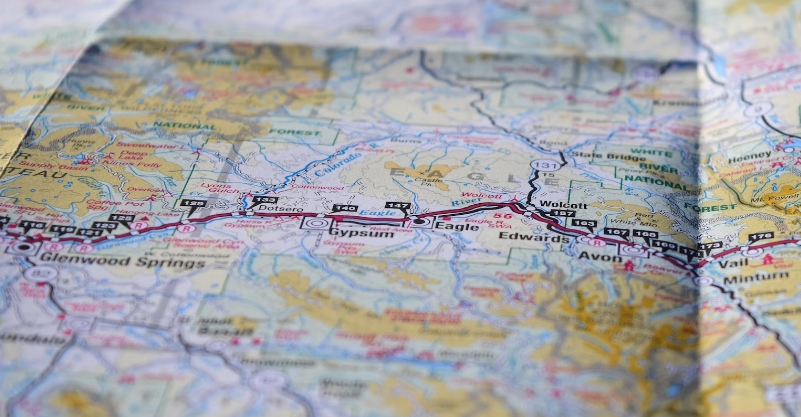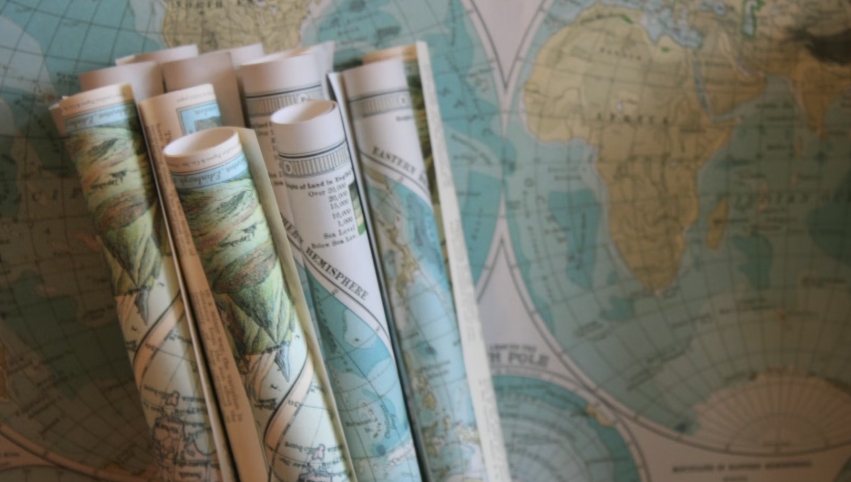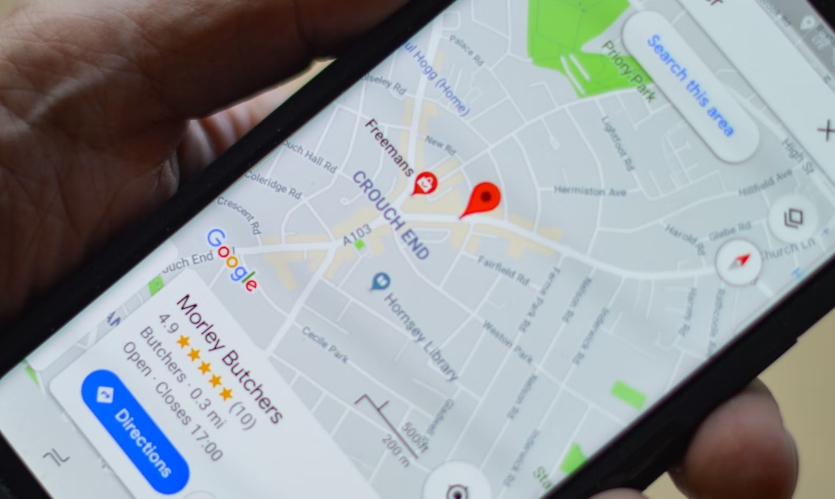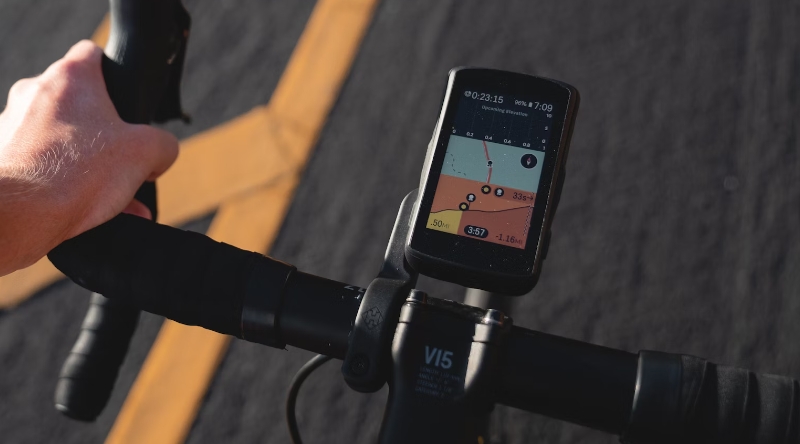Navigating Unfamiliar Terrain: How to Read Maps and GPS Like a Pro

Introduction
In an age of advanced technology, the art of navigation is often taken for granted. Yet, understanding how to read maps and utilize GPS effectively remains a crucial skill, especially when venturing into unfamiliar terrains. This guide will empower you with the knowledge and techniques needed to navigate like a seasoned explorer.
1. Understanding Maps: Your Trusty Guide
Maps are the cornerstone of navigation. Familiarizing yourself with different types of maps, from topographic to road maps, provides you with a visual representation of the landscape. Learning to decipher symbols and legends ensures that you can extract vital information at a glance.

2. Navigating with GPS: The Digital Navigator
The Global Positioning System (GPS) revolutionized navigation. Delve into the workings of GPS, from the network of satellites orbiting the Earth to the signals they transmit. Explore the array of GPS devices and smartphone apps available, transforming your device into a digital compass and map.
3. The Art of Orientation: Finding Your Bearings
Orienting a map to your surroundings is a fundamental skill. By aligning the map with the actual terrain, you establish a mental link between the two. Additionally, understanding how to use a compass enhances your ability to navigate accurately.

4. Plotting Your Course: Routes and Waypoints
Mapping out a route involves more than just plotting a straight line. Learn the intricacies of creating efficient routes, incorporating waypoints that serve as guideposts along your journey. This technique ensures you stay on track and reach your destination efficiently.
5. Interpreting Contours: Understanding Elevation
Contour lines on a map provide valuable information about the terrain’s elevation. By deciphering these lines, you can visualize the landscape’s features, including hills, valleys, and changes in elevation. This knowledge is crucial for planning routes that suit your level of expertise.

6. Tips for Effective Map and GPS Use
Combining the power of maps and GPS devices offers a synergistic approach to navigation. Knowing when and how to switch between these tools ensures you maintain a high level of situational awareness. Stay engaged with your surroundings while benefiting from the precision of digital navigation.
7. Navigating Challenges: Low Signal and Battery Life
In remote or mountainous areas, maintaining a reliable signal can be a challenge. Discover strategies to cope with low or intermittent signal strength, allowing you to navigate confidently even in regions with limited connectivity. Additionally, learn battery-saving techniques to prolong the life of your device.
8. Practicing Navigation: Exercises for Skill Building
Like any skill, navigation improves with practice. Engage in simulated scenarios that replicate real-world challenges. These exercises provide hands-on experience and help build confidence in your navigation abilities, ensuring you’re prepared for any situation.

9. Navigating Off the Grid: Wilderness and Remote Areas
When venturing into the wild, reliance on technology alone may not suffice. Explore alternative methods of navigation, such as using natural landmarks and celestial cues. Acquiring survival skills ensures you can navigate and thrive in extreme environments where technology may fall short.
10. The Psychology of Navigation: Spatial Awareness
Developing a keen sense of direction and scale is a vital aspect of navigation. Enhance your spatial memory, allowing you to build mental maps of your surroundings. This heightened awareness empowers you to navigate efficiently and intuitively.

Conclusion
Mastering the art of navigation opens up a world of possibilities for exploration and adventure. Armed with the knowledge of reading maps and GPS devices, you can embark on journeys with confidence and precision. Embrace the journey, knowing that you have the skills to navigate even the most unfamiliar terrains.







